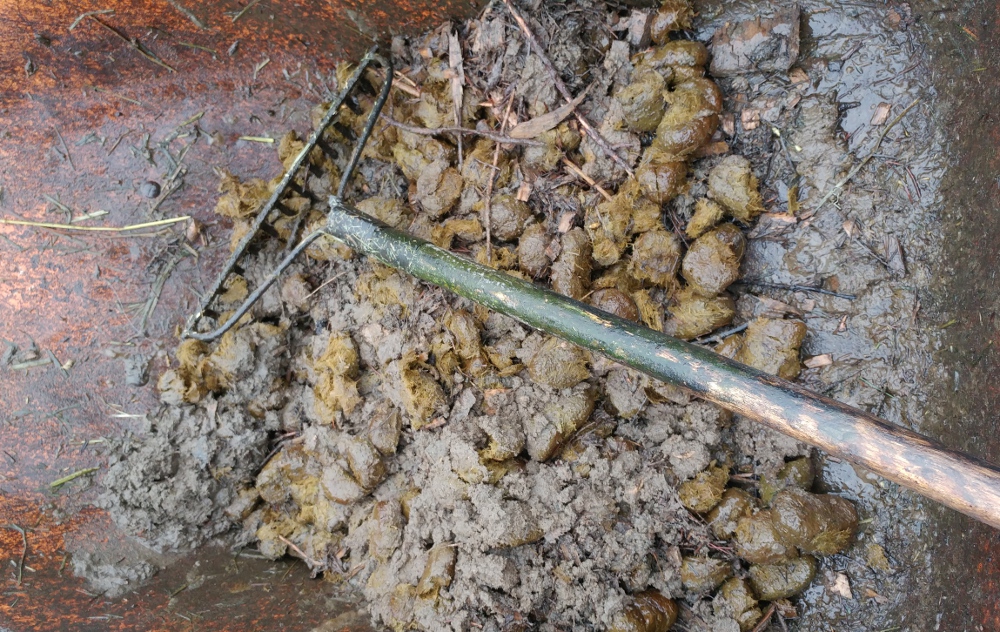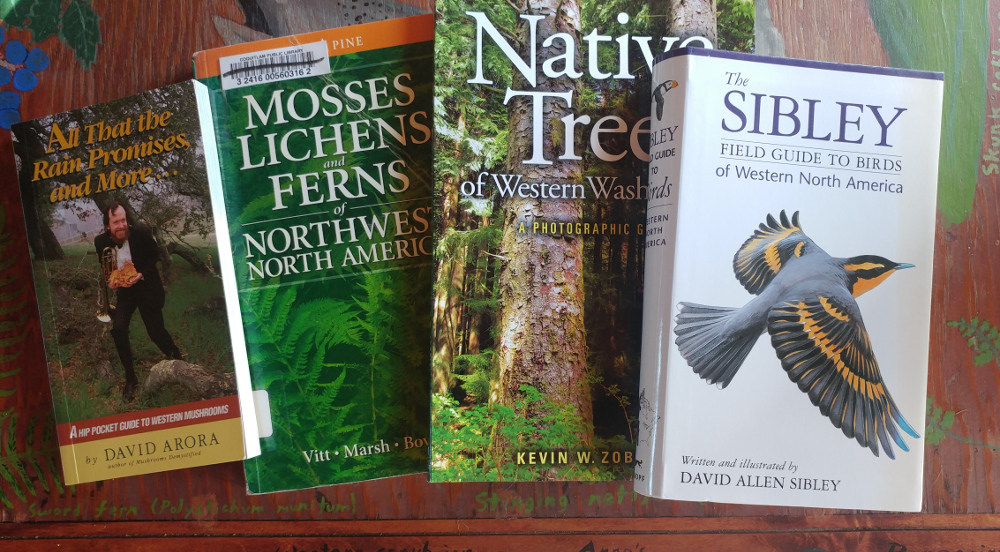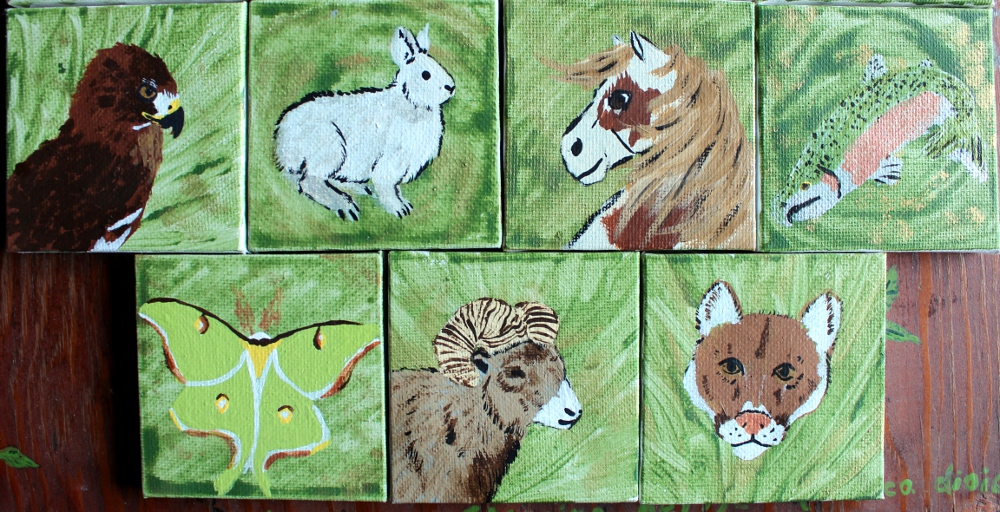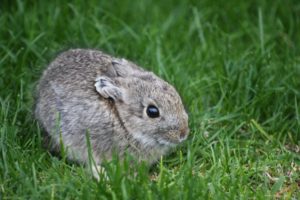Recently I had someone contact me about a deer antler headband that I have in my Etsy shop. They asked whether the antlers had come from the same deer, given that one antler has two tines and one has three. I explained that yes, these were in fact from one animal, and I had cut them off the skullcap myself. In fact, most deer have antlers that aren’t exact mirror images of each other; even those with the same number of tines often have variations in shape and size.
Art forms ranging from nature illustrations to Disney movies would have us believe that nature is largely symmetrical and perfect (unless, of course, when portraying something allegorically flawed, in which case there is deformity.) And at first glance most living beings appear to be more or less even on both/all sides.
But look a little closer, and you find that there are subtle differences when comparing halves, or fifths, or whatever symmetry is being displayed. Perhaps one arm of a starfish is slightly longer than the other. Or the underside of a red-tailed hawk’s left wing has a little more color than the right. If you were to take a photo of your face, cut it exactly in half, copy the halves, flip them over and match like to like, you would find that there are quite a few appreciable differences between each of your facial hemispheres.
Imperfections aren’t just about symmetry, either. Leucism and albinism are conditions in which animals lack significant amount of melanin, making them much paler than their kin. A butterfly whose wings may be a bit ragged and worn around the edges can still fly, even if not quite as well. And a genetic quirk in a certain strain of wheat several thousand years ago led to grains that stuck to the stem instead of falling off easily to grow into new plants; the ease with which these could be harvested led to the dawn of human agriculture.
Yet to call these imperfections assumes that there is some standard called “perfect” to aspire to. Certainly there are forms in nature that we find more aesthetically pleasing, but even those are affected by subjective biases. However, nature is less about perfection and more about adequacy. Does a given trait help an organism to live long enough to pass on its genes, and do the genes then carry that trait forward? Then it’s adequate.
We often think of “adequate” as “not really good enough.” We’re told that we need to be exceptional, outstanding, the best. Who celebrates second place, anyway? Yet nature is full of beings that aren’t necessarily number one, but who manage to get along in the world just fine. As Henry van Dyke said, “Use what talents you possess; the woods would be very silent if no birds sang here except those that sang best.”
People are a lot like that, too. If you look at any given trait, skill, competition, etc. there can only be one person who is the very best, and only a very few who can be considered elite. But that doesn’t mean everyone else has to pack up and go home. In high school I was basically the slowest runner on the track team thanks to undiagnosed asthma, but I got out there and gave it my best anyway. And now, at forty, I still get out to run when the weather’s good even though an eight minute mile is an impossibility for me. That still makes me a runner; I don’t doubt my status just because I’m not especially fast.
We also glorify pretty arbitrary standards of attractiveness, standards that shift and change according to culture and time. Most people aren’t models; most of us have little details like moles or blemishes or scars that keep us from being “perfect” (especially without cosmetics or Photoshop). Yet we’re still able to be a part of this world and make our contributions as we will, and most of us find relationships of some sort. We are each of us more or less adequate.
This isn’t a bad thing, not by far. So much is made about the (often arbitrary) best that often the rest feel like there’s no point in trying if someone else is better than we are. Which is sad, because something is still worth being or doing even if you haven’t specialized to the point of single focus. Adequacy also allows for a lot more variety. There’s not just one pinnacle to achieve, but a whole landscape of mountains, valleys, prairies and other unique places to explore. Each of these habitats is adequate for supporting the life forms that call it home.
I think we need to celebrate the adequate more. We need to stop putting so much pressure on ourselves and on each other to only shoot for the highest goals or states of being. Not only is it unrealistic, but it’s setting a lot of people up for failure, as that goal of perfection is a pretty tiny target to aim for. Humans, being animals, are messy biological systems that evolved to adequacy, and any statements of hierarchical value beyond that are largely artificial and generally do more harm than good.
On that note, we also need to stop looking at our little asymmetries and other quirks as “imperfections”. All that does is reinforce the idea that these variances are somehow bad. If you saw a blue jay whose left cheek stripe was a little thicker than the right one, you’d just see it as an interesting field mark, assuming you even noticed it at all. In the same way we need to be accepting of the ways in which we are all different, without judgment or malice. And we really, really need to be more forgiving of ourselves, even when (and especially when) we’re told we aren’t “perfect” somehow.
So the next time you feel self-conscious, or flawed, or just not good enough, look to nature. Having five points instead of six didn’t stop that buck from growing big enough to have a decent set of antlers; so what if he was a little uneven? Judge yourself as I would judge that deer: a perfectly adequate representation of his kind, and every bit as lovely as the rest.
Did you like this post? Help me keep writing by buying one of my books, some of my artwork, or becoming my Patron on Patreon!



















